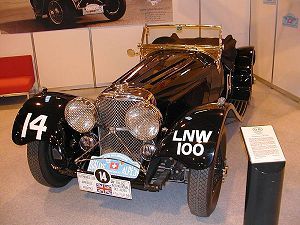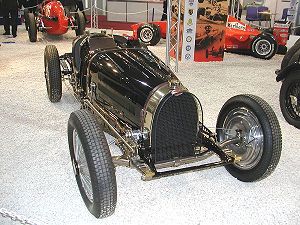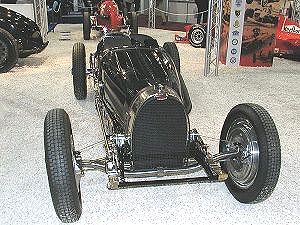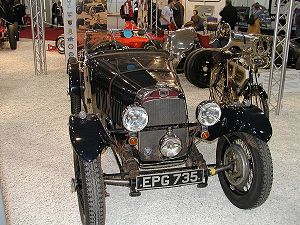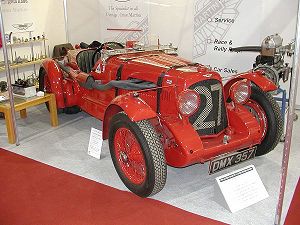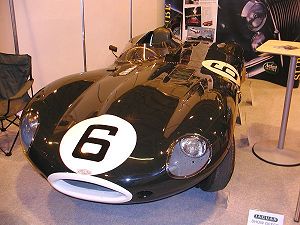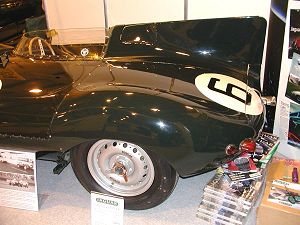|
The International Historic Motorsport Show Stoneleigh Park 20th, 21st and 22nd February 2004 |
 |
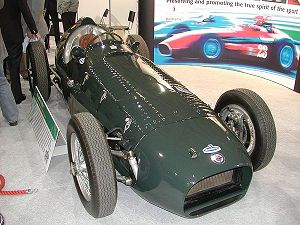 |
The Legendary BRM V16 |
The designers had designed the engine to produce 550 bhp but this numbers were never reached. The V16 was the first BRM (British Racing Motors), the project was sponsored by many British companies hoping to defeat the Italian Maseratis and most of all
the all conquering Alfa Romeos. The first V16 was finished in 1949, though it wasn't tested it was entered in the Silverstone Grand Prix but it wasn't able to leave the start grid. The disapointed crowd 'bombed' the BRM with coins. |
|
 |
 |
|
Tom Wheatcroft, founder of the Donington Collection, seems quite at home in the 16-cylinder BRM. |
||
 |
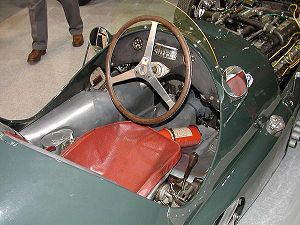 |
|
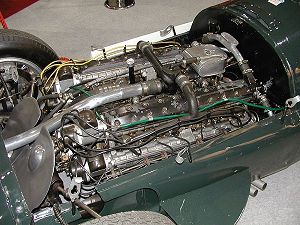 |
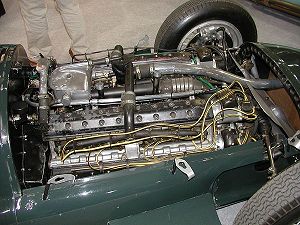 |
|
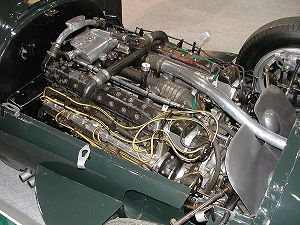 |
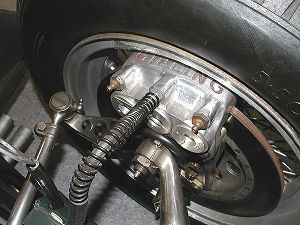 |
|
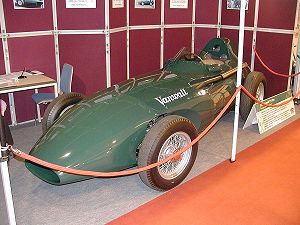 |
1957 Vanwall 2.5 litre -
Vanwall Cars |
BEST VANWALL PERFORMANCES: |
|
Ford GT40 |
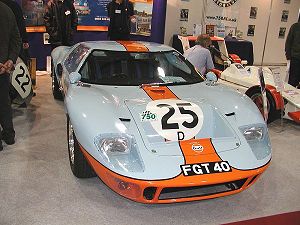 |
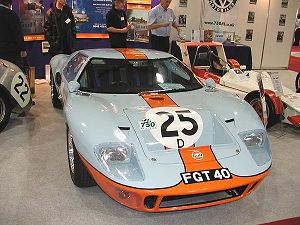 |
 |
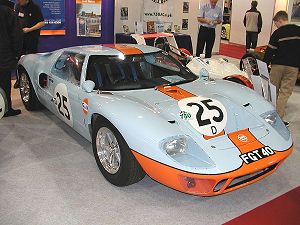 |
Autodromo Ltd - Makers of fine scale models. |
||
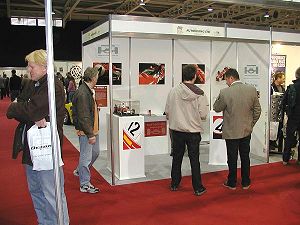 |
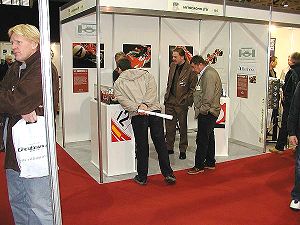 |
|
Lancia B20 |
||
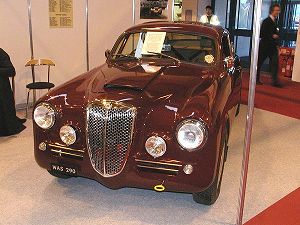 |
 |
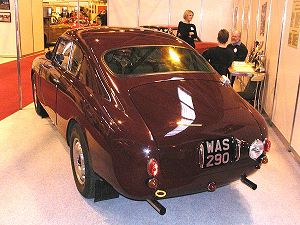 |
 |
 |
AutoItalia Magazine |
Lahoma Engineering Ltd |
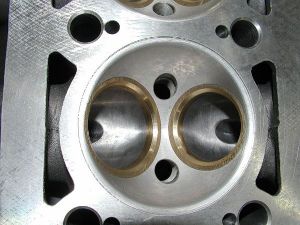 |
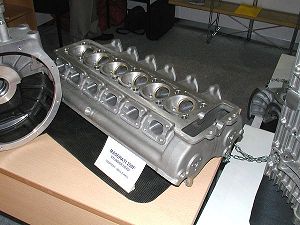 |
 |
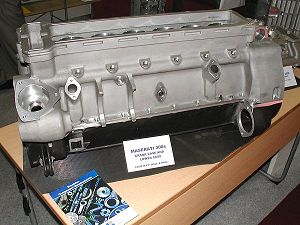 |
| BACK TO THE MASERATIS AND FERRARIS. |
 |
||
|
To enter Enrico's Maserati Pages CLICK HERE! Copyright: Enrico's Maserati Pages - © 2004. All rights reserved. |
